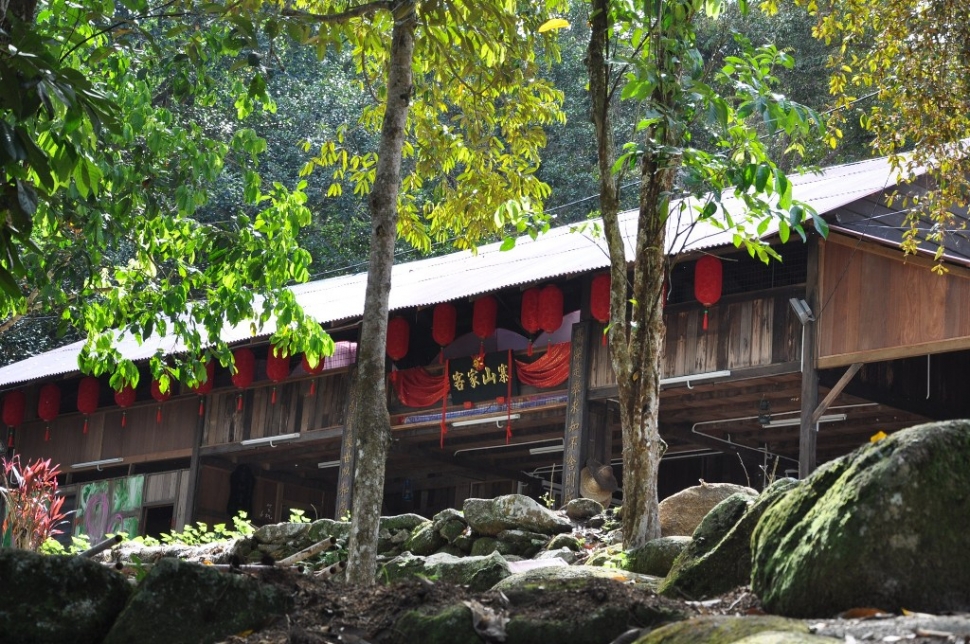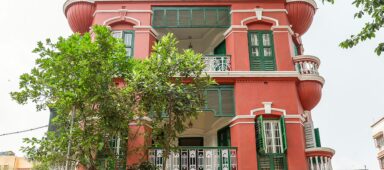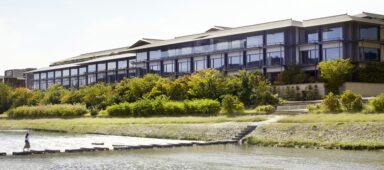These secret alcoves offer an insightful story and portrayal of the Peninsula’s Hakka clan that you can still experience today

Malaysian cities have so much to offer: modern lifestyles, culture, attractions, great food, and much more besides. But there comes a time when tourists and even locals long for a raw and rustic experience, just to unwind in or simply to experience a moment back in time. This is when road trips and one-day excursions come into the picture; to bring these adventure seekers on roads less travelled – the more unmapped and unfamiliar, the better.
In West Malaysia there are several off-the-beaten-path towns, like these lesser known, generations-old Hakka settlements. Overlooked may these villages and towns be, but they still attract clusters of visitors who come away with praise for their historical appeal, humble hospitality, and of course, authentic ethnic food. Frozen in a bygone era, these sites are gems you wrestle to keep to yourself but end up singing about.
Mantin, Negeri Sembilan

The town of Mantin, which is also widely known as Kampung Hakka, was once a thriving village to a community of Chinese migrant tin miners, that still is home to a minority of its fifth generation. This now sleepy town was the bustling centre of Negeri Sembilan’s tin mining in the early 20th century but present day sees only remnants of its old-fashioned wooden homes with tin roofs, and a main street where you can find most of its attractions and historical buildings. The town has seen bare changes, but it is still famous for traditional Hakka fare, attracting foodies from faraway towns and cities craving for a taste of ‘grandmother’s-style’ dishes. We recommend to visitors Mantin’s famous yong tau foo (pork-stuffed assorted tofu and vegetables) available at the Mantin Hawker Center and the must-eat woon chai koh (rice pudding). Mantin is also renowned for its abundant harvest of durian, jackfruit, rose apple, star fruits and guavas, so be prepared for a feast!
Titi, Jelebu, Negeri Sebilan

The Hakka township of Titi is just as rustic, if not, livelier than Mantin. Enter the main street and you’ll be surrounded by two rows of old, nondescript buildings of wooden or brick structure marked with the wears and tears of time. Besides a stellar Hakka culinary heritage, Titi is a famous pit stop for cycling expeditions, eco resorts breaks, homestays and outdoor activities; the adventure itself beginning on its mountainous, winding route. Despite the passing of time, this once-prosperous mining town and its Hakka community maintains much homeland traditions since its establishment in 1838. Must-visit sites include the popular Tokong Fook Seng Kong with its pink façade and murals, and a monument honouring the dead lost in the 1942 Titi Massacre.
Don’t leave town without indulging your tastebuds: family-owned Soong Seng restaurant makes a colourful variety of (some say, nationally unrivalled) traditional handmade Hakka cakes from generations-old recipes, char yoke (pork belly) and ‘puppy duck’, or herb-braised duck. Be prepared to fight hoards of hungry people!
Hakka Village, Balik Pulau, Penang

Penang has a knack for protecting all manner of culture and heritage, and the Hakka Village, which is nestled “to the back of the island” (literal translation of its location Balik Pulau) is another attraction dedicated to the island’s Hakka community. The trek-and-food adventure begins with a 2km-hike to reach the village perched atop a hill, where you will be greeted by sprawling fruit orchards (especially fragrant during durian season!) and traditional attap houses, or buildings on stilts. These wooden buildings are decorated and furnished with old-fashioned knick-knacks and little touches to resemble traditional Hakka homes, like straw-woven roofs, old Singer sewing machines, tiffins and bamboo fans.

Sampling of their homecooked Hakka dishes is a must, specifically the Lei Cha (thunder tea rice), taro pork, stuffed aubergines, and chicken with bitter gourd and fermented soy beans, before you go on your way to explore the attraction’s organic farm, fishing village, belacan (fermented shrimp paste) factory and a 17th century Chinese temple on foot or by bike.





